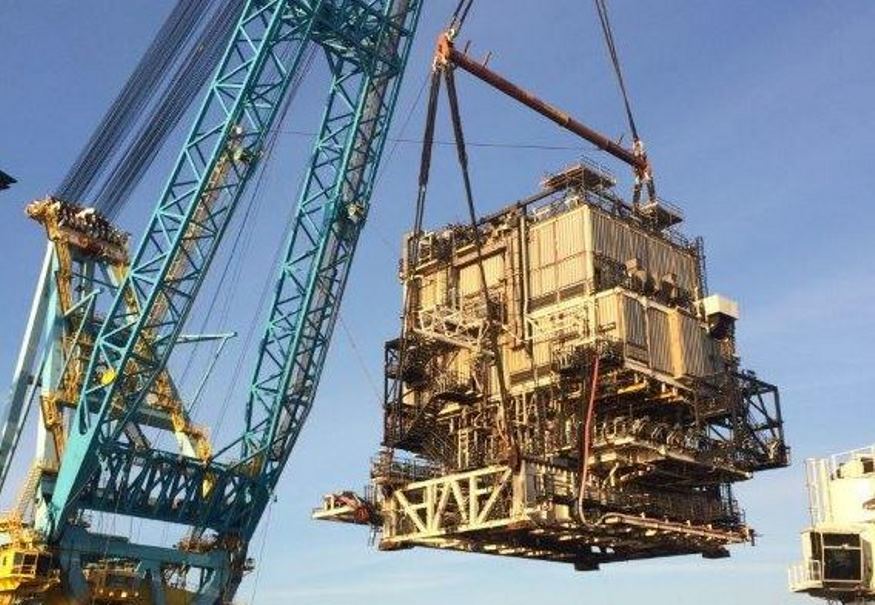
Oil and Gas UK forecast that by 2027, the spend on decommissioning in UKCS will reach £15.3 billion.
This figure is predicted to increase to £60 billion throughout the basin’s lifetime.
The Oil and Gas Authority has set a challenge to reduce this spend by 30%.
There is so much potential for reducing the risk and spend in offshore decommissioning in the North Sea.
“Designing for Demolition” is a concept ABB has developed to ensure legal compliance and reduce the hazards and risks during demolition, giving clients an improved commercial result.
In its basic form, “Designing for Demolition” aims to carry out as much work as possible onshore, only doing the minimum required offshore to allow for redundant “structures” to be transported to their final demolition location, while ensuring safety, environmental protection and legal compliance.
Beginning to plan for demolition three to five years before the potential COP date will achieve optimum success.
If the project requires any redundant structures to be transported to a disposal yard in the UK, the UK regulatory framework, including the Construction (Design and Management) Regulations (CDM) 2015, must be considered.
A responsibility is placed on the operator as a Duty Holder to ensure that:
- All relevant information is prepared and provided to other Duty Holders
- Any foreseeable risks are removed through design
- The “Principals of Prevention” are followed to manage risks
The CDM Regulations are derived from the European Directive 92/57/EEC. As such, there are similar requirements on clients across most European disposal yards.
The offshore decommissioning process is often restricted, due to areas being occupied, still energized or simply being remote, which cause access issues.
There is a saying in the decommissioning and demolition industry: “I believe everything you tell me, but I believe nothing”.
When starting any project, it is imperative that the accuracy of the information provided is checked. During my forty years in the industry, I have only been involved in a small number of projects that have been fully decommissioned.
This regularly results in additional decommissioning works prior to any demolition. On some occasions, the client will pay for this twice.
In an offshore demolition scenario, only doing what is absolutely required offshore to make the “structure” safe to transport has the potential to mitigate risk for the client and the disposal contractor, prior to final demolition starting onshore.
With a defined scope of work, such a proposed solution can significantly reduce the burden of decommissioning offshore costs, and greatly reduce the risk of expensive variations.
Steve Andrew – Decommissioning, Demolition and Remediation Manager, ABB
Recommended for you
